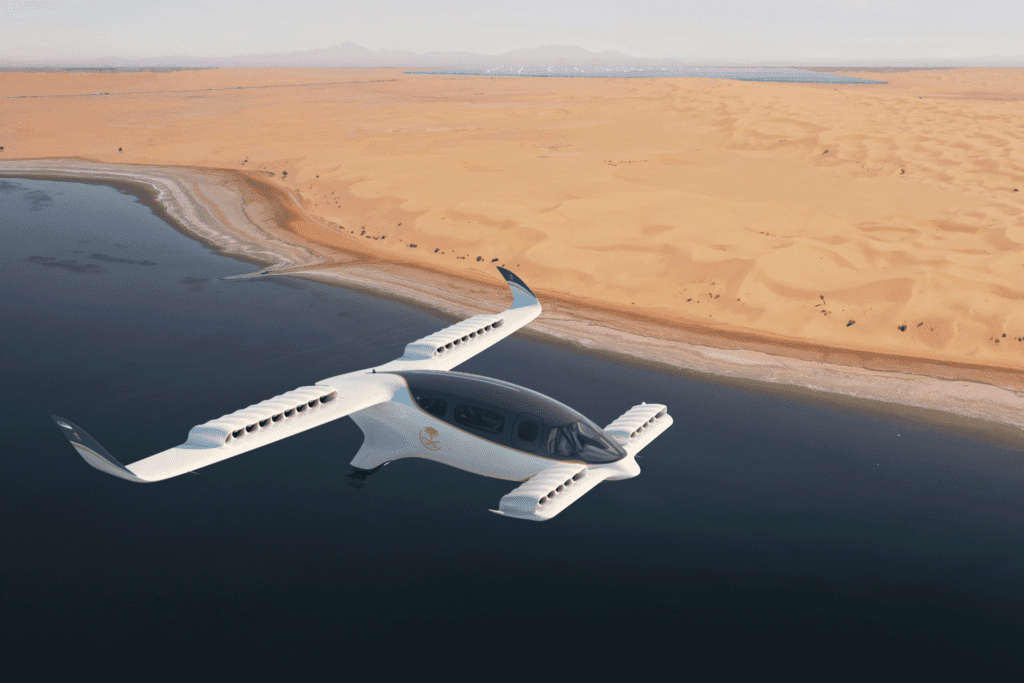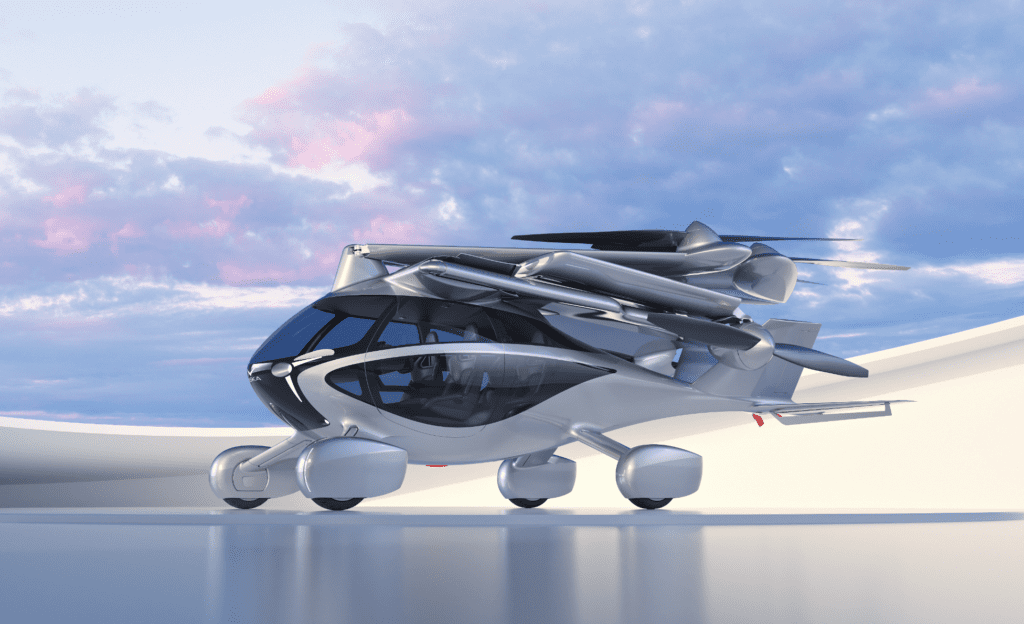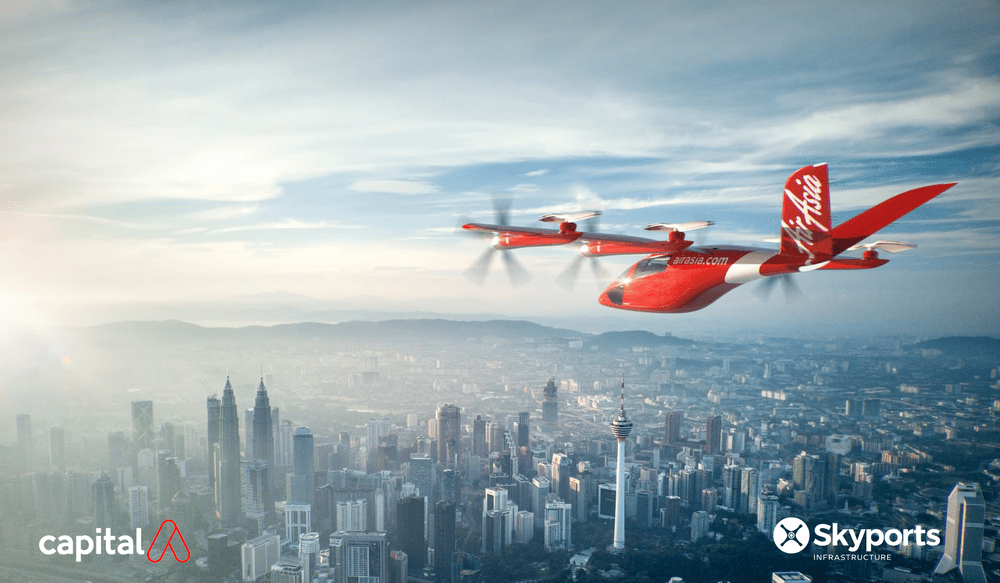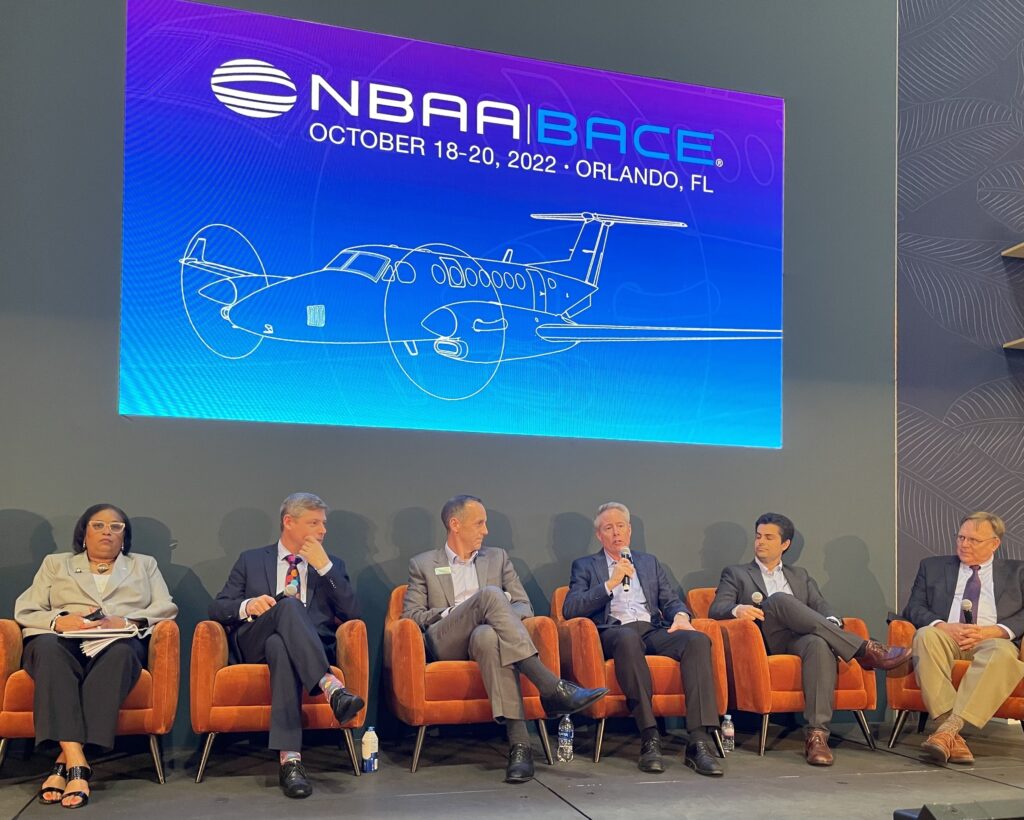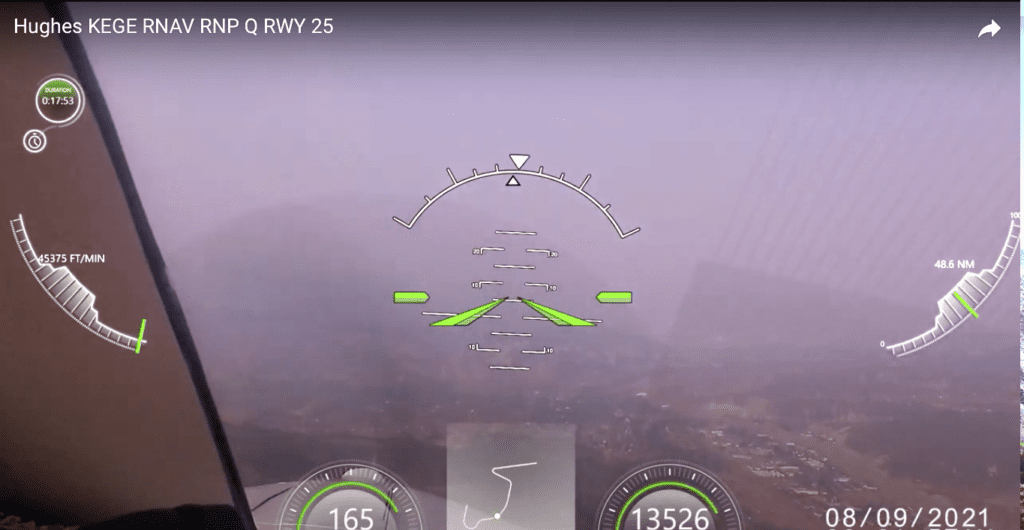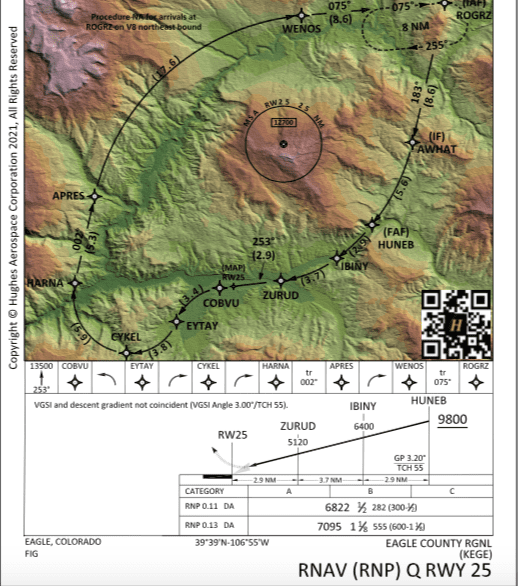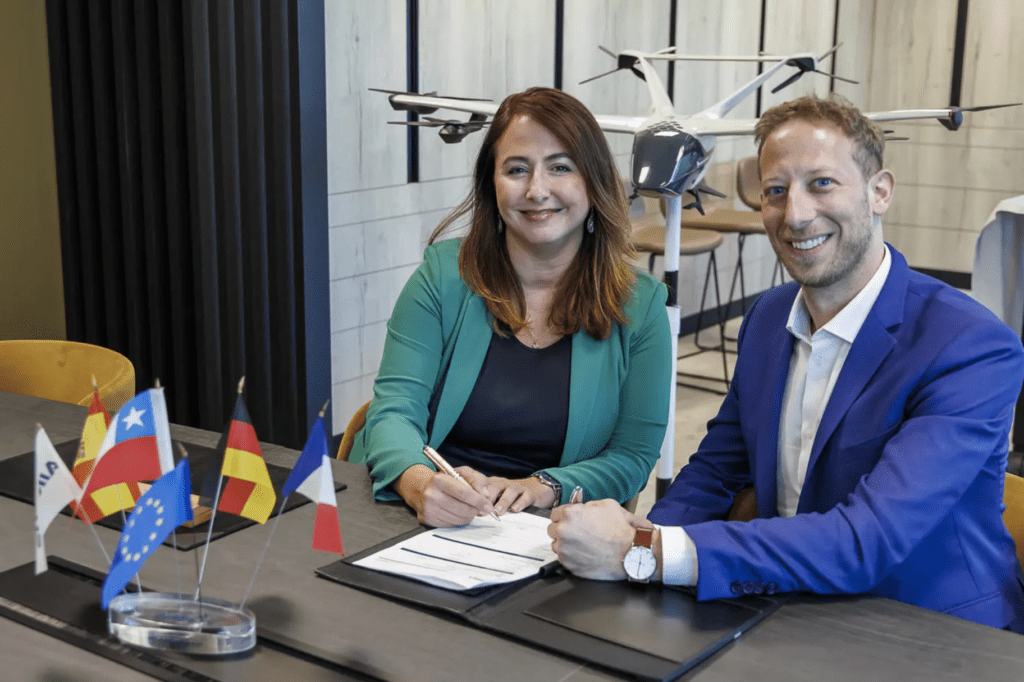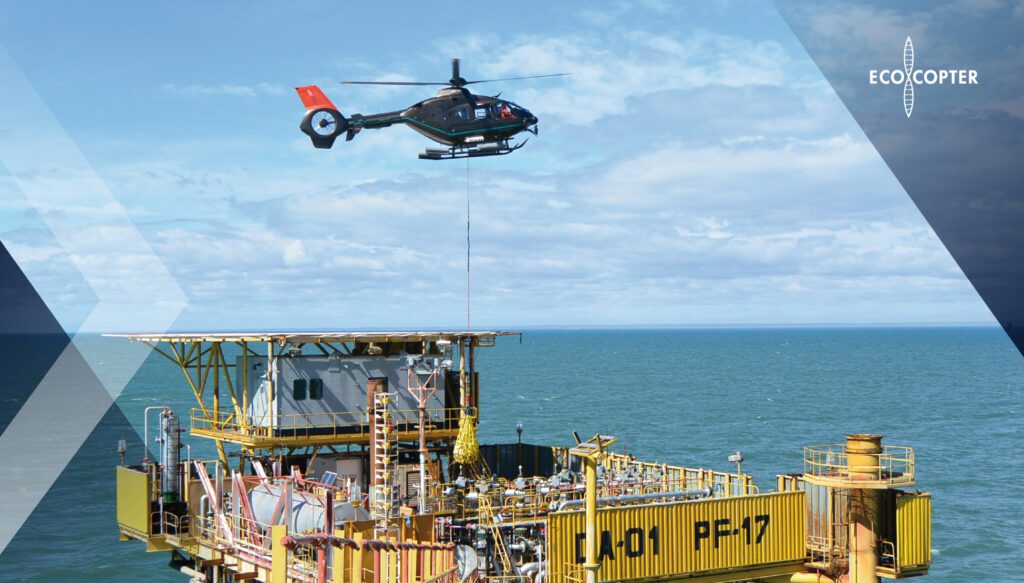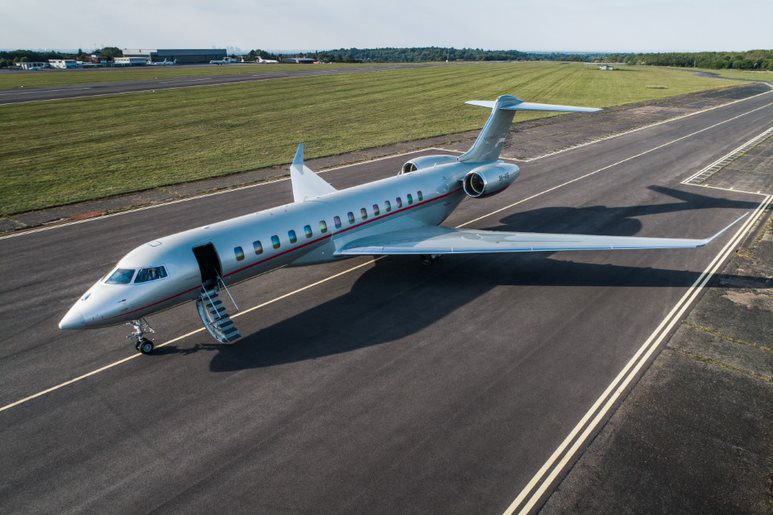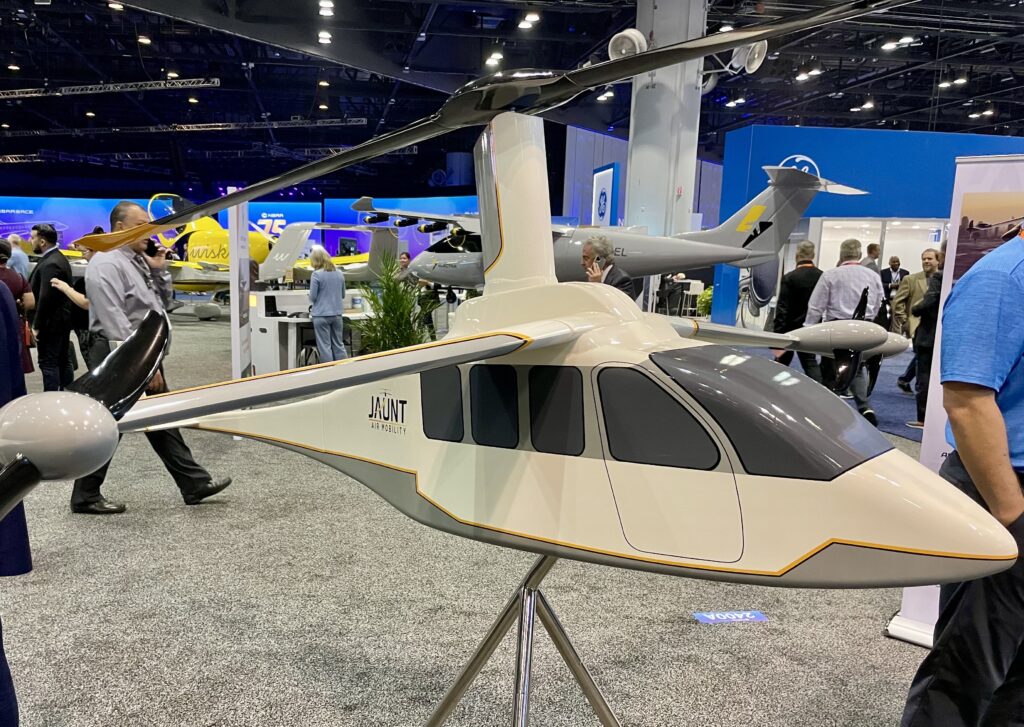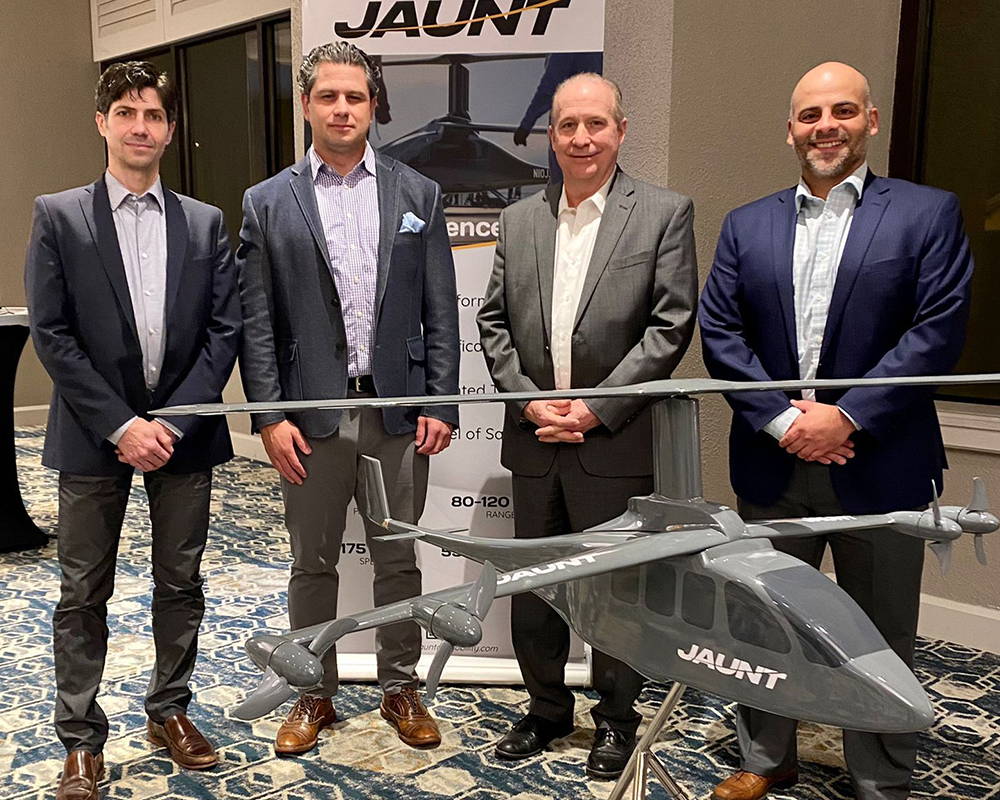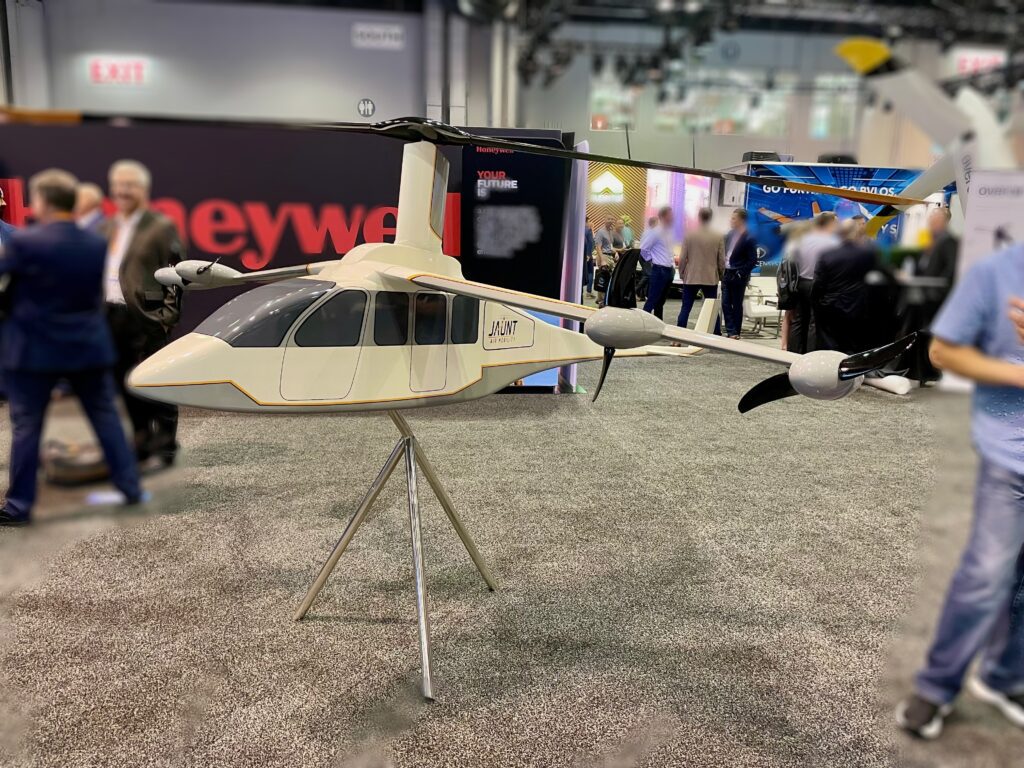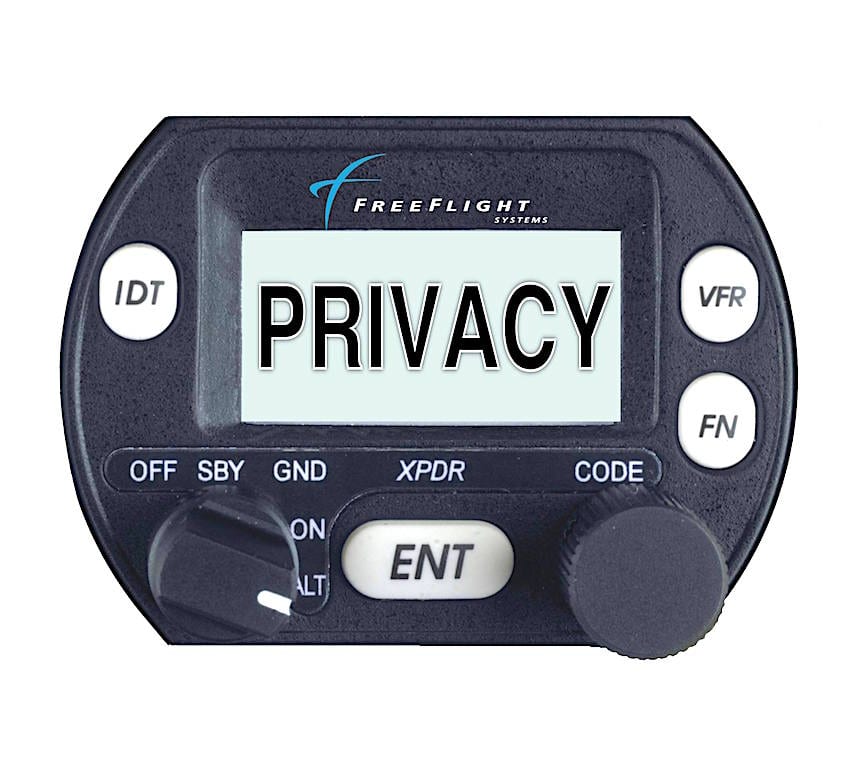Emerging Technologies Present New Challenges and Opportunities for Air Traffic Management
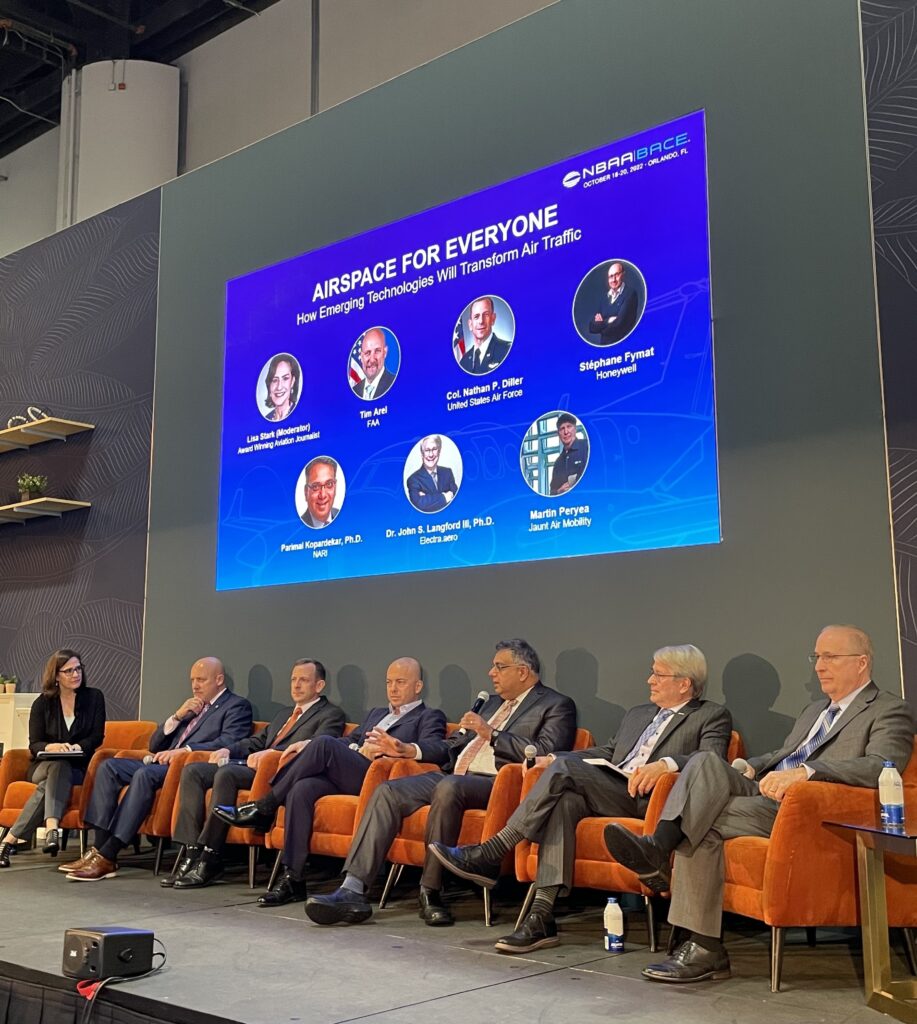

Panelists at NBAA-BACE discuss the challenges for air traffic management with new types of aircraft and advanced technologies. (Photo: Jessica Reed)
As innovative aircraft and novel technologies are introduced, it presents both challenges and opportunities for regulators and OEMs to reexamine air traffic control. Advanced air mobility (AAM) vehicles include electric air taxis, hybrid concepts, autonomous drones, and everything in between. Panelists at the recent NBAA-BACE discussed some of the most urgent considerations for integrating these vehicles into the airspace.
The U.S. offers a uniquely complex airspace, said Tim Arel, Chief Operating Officer at the FAA, “because we’ve been so successful at developing aviation throughout the country.” He noted that new entrants to the industry present a challenge because they operate differently, they travel at different speeds, and they look quite different than today’s in-service airplanes and helicopters.
To integrate AAM aircraft into the airspace safely, collaboration is necessary, Arel said. “We have to have a common understanding of the airspace we’re working in, what we expect from different industries, what our capabilities are, and the minimum level of service that we provide,” he explained.
“It’s not just the regulator or the operator of the airspace saying you can or can’t. It’s the innovators saying, ‘We have a different way of complying,’ it’s finding alternative means of compliance. That collaborative way forward is how you do it.”
John Langford, CEO of Electra.aero, compared this new industry to the introduction of drones over the past 15 years, saying that it’s critical to keep in mind the lessons learned to avoid making the same mistakes with eVTOLs and autonomous technologies. “We haven’t made as much progress as we probably should have,” he remarked, “when the commercial drone revolution really kicked off back in December 2013.”
The CEO of Jaunt Air Mobility, Martin Peryea, emphasized during the discussion that the drone space is quite different from AAM aircraft, particularly in regards to the missions these vehicles are designed to perform. He noted that a lot of eVTOL aircraft are still early in the development phase. “There’s actually time to develop air traffic management systems for the future,” he said.
“These aircraft will go through a typical development certification program, and they will be able to operate under existing part 135 rules, very similar to rotorcraft today,” Peryea explained. “You can ramp up production—even if you have multiple companies building these eVTOL aircraft, it will be some time before it becomes an issue with air traffic management. By then, the FAA will have systems in place.”
He mentioned that the first generation of eVTOL aircraft will likely be piloted and rely on traditional systems. When upgrading battery systems for the second generation of eVTOL vehicles, the avionics systems and technologies like sense-and-avoid will also be updated and integrated into the aircraft.
“All of these aircraft are going to be fly-by-wire, which requires advanced systems to ensure safety of the aircraft itself,” Peryea stated. “They’ll really be no different than getting on a commercial airliner today. With automation, the systems will be very similar.”
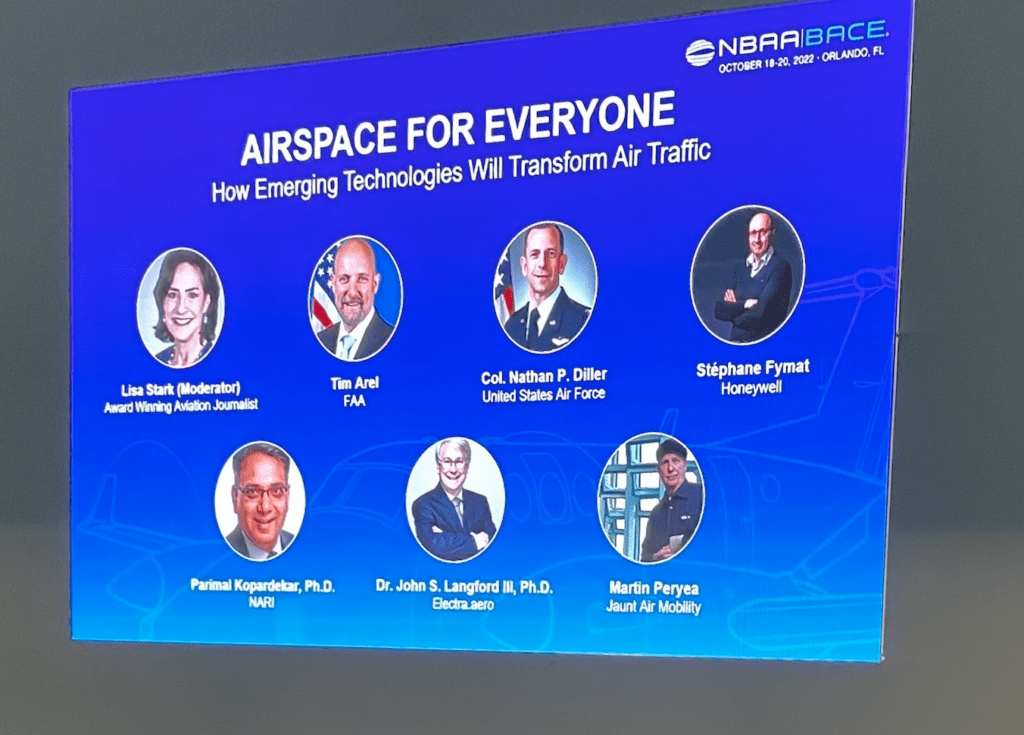
Lisa Stark moderated the “Airspace for Everyone: How Emerging Technologies Will Transform Air Traffic” panel, featuring Tim Arel of the FAA, Col. Nathan Diller of the Air Force, Stéphane Fymat from Honeywell, Dr. Parimal “P.K.” Kopardekar of NASA, Dr. John Langford from Electra.aero, and Martin Peryea from Jaunt Air Mobility. (Photo: Jessica Reed)
Stéphane Fymat, Vice President and General Manager of Urban Air Mobility and Unmanned Aerial Systems at Honeywell, drew attention to the distinction between AAM and drones. “Most AAM aircraft are going to start with pilots on board for the foreseeable future,” he said. “At the same time, [they] hope to be without a pilot on board in the near future. A lot of cargo versions of these vehicles may even be without a pilot on board on day one.”
For integrating aircraft without pilots on board, there are certainly lessons to be learned from the way that small drones have been integrated into the airspace. However, Fymat remarked, it’s important to keep these two categories separate and to understand AAM as a unique category in order to make progress.
He also commented that the transition from today’s manned aircraft to fully autonomous aircraft will take time. One challenge is giving AAM vehicles “the ability to make decisions in unknown situations that it hasn’t seen before,” he said. There are a lot of things that need to happen on the path to enabling full autonomy.
Fymat explained, “We need to add a few capabilities, but [we will] build on the systems we have today.”
Dr. Parimal “P.K.” Kopardekar, Director of the NASA Aeronautics Research Institute, noted that over the last 10 years, progress with air traffic management for unmanned aircraft systems (UAS) has been slow but steady. “It’s going in the right direction,” he said. He believes that there is a significant amount of testing and research that needs to be done because of the paradigm shift “from management by clearance to management by exception.”
“The current air traffic control system is very safe, very effective, but you cannot overload it,” Dr. Kopardekar remarked. With UAS, “we had to figure out how to basically keep in charge of regulatory aspects and operational constraints, but not overload [the system].”
Col. Nathan P. Diller of the U.S. Air Force and Director at AFWERX shared that the Air Force has the opportunity to experiment with new types of aircraft in a defined airspace. “We can do experimentation with small companies and potentially do early deployment. Eventually, we can reduce some of the financial risk by having use cases in a controlled environment.”
Essentially, he said, the USAF is “collaborating with the FAA and NASA to be able to see what that future looks like on a small scale and what is useful for national security, which then feeds broader use cases.” He describes the industry as a dual-use space, where more than 80% of today’s research and development is happening in the commercial space. The USAF can take advantage of that R&D without using taxpayer dollars to advance new technologies and aircraft systems.
The post Emerging Technologies Present New Challenges and Opportunities for Air Traffic Management appeared first on Avionics International.
—————
Boost Internet Speed–
Free Business Hosting–
Free Email Account–
Dropcatch–
Free Secure Email–
Secure Email–
Cheap VOIP Calls–
Free Hosting–
Boost Inflight Wifi–
Premium Domains–
Free Domains






